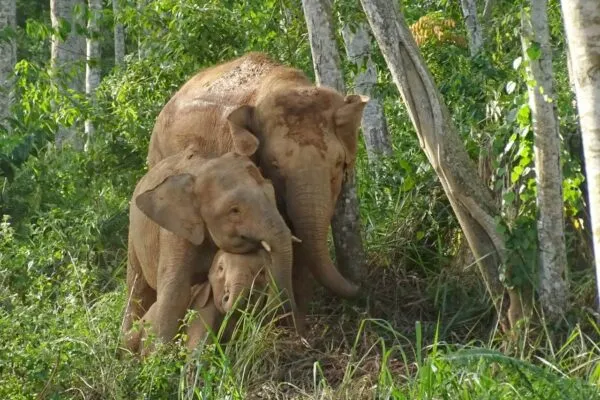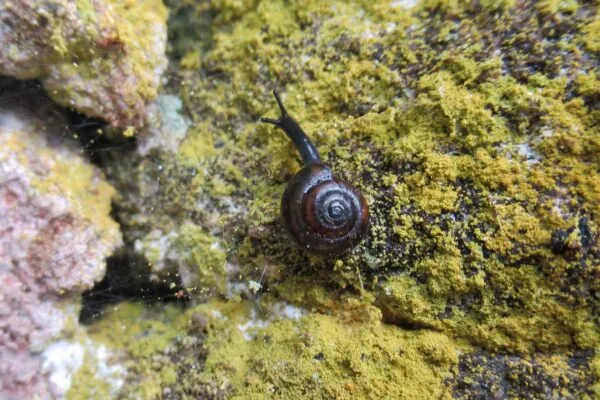Elephant Deaths in Botswana Remain a Mystery as More Animals Die of Undetermined Cause
While conservationists are working hard to protect wildlife in these critical times of climate change, Botswana is facing a conservation disaster as 275 elephants have died under mysterious circumstances. The government is yet to test the carcasses of the dead animals that have died in northern Botswana.
In early May, a couple of elephant deaths were reported in the Okavango Panhandle region. The authorities are looking into the growing number of unexplained deaths of elephants, having confirmed 275 had died, up from 154 two weeks ago. About 70 percent of the deaths have occurred around waterholes.
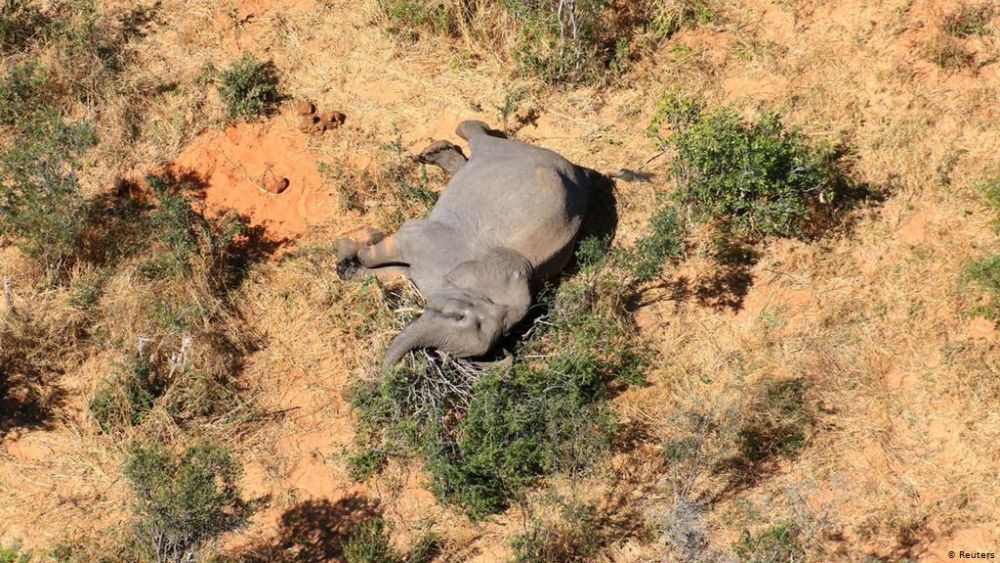
Botswana is facing a conservation disaster with mysterious elephant deaths | Image: Reuters
The cause of these mass-deaths is yet to be determined. Speculations are that poisoning or an unknown pathogen could be causing these deaths. Anthrax has been ruled out, which was initially considered to be the most likely cause. Moreover, poaching has been ruled out as well, as the carcasses were discovered intact.
This is a mass die-off on a level that hasn’t been seen in a very, very long time. Outside of drought, I don’t know of a die-off that has been this significant. When we’ve got a mass die-off of elephants near human habitation at a time when wildlife disease is very much at the forefront of everyone’s minds, it seems extraordinary that the government has not sent the samples to a reputable lab.
Said Dr Niall McCann, the director of conservation at UK-based charity National Park Rescue.
Also Read: New Standard Operating Procedure to Deal with Elephant Anthrax Deaths in India
Locals have confirmed sightings of elephants walking around in circles, indicating toward neurological impairment. Prior to the death, some elephants have fallen squarely on the face, while some were seen wandering around. Even it is a poison or a disease, it clearly brings out different symptoms in every elephant, making it difficult to determine what toxin is this.
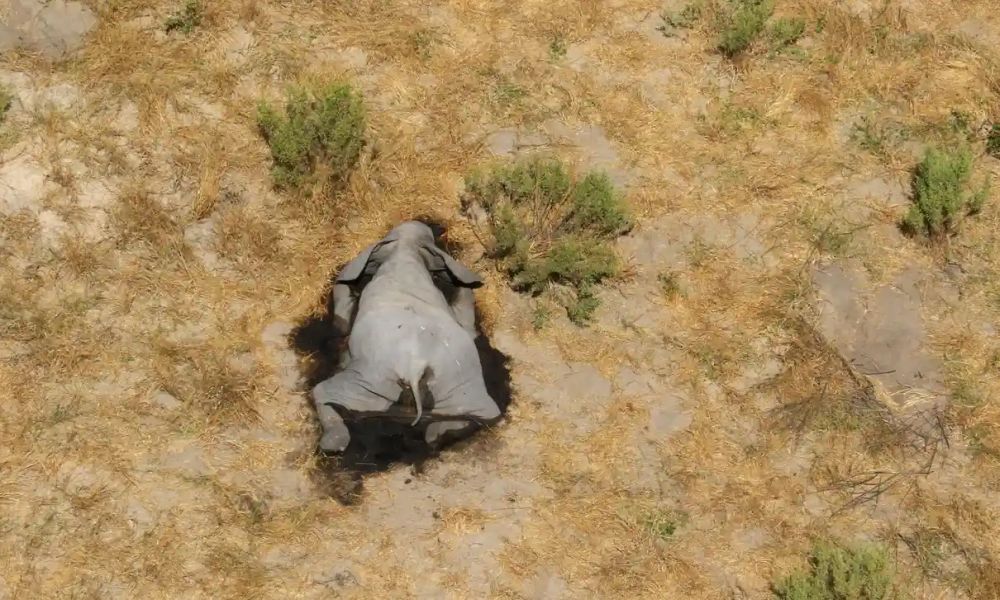
Around 275 elephant deaths have occurred in Botswana | Image: Reuters
Elephants of all demographics and both sexes have been dying. It is highly likely that more deaths will follow as many elephants seem to be weak and shrunken. Some elephants appeared be to disorientated, had difficulty walking, exhibited signs of partial paralysis, or a limp.
There are around 15,000 elephants in the Okavango Delta, which is 10 percent of the country’s total elephant population. Eco-tourism contributes between 10-12 percent of Botswana’s GDP. This conservation disaster indicates that the country is failing to protect its wildlife.
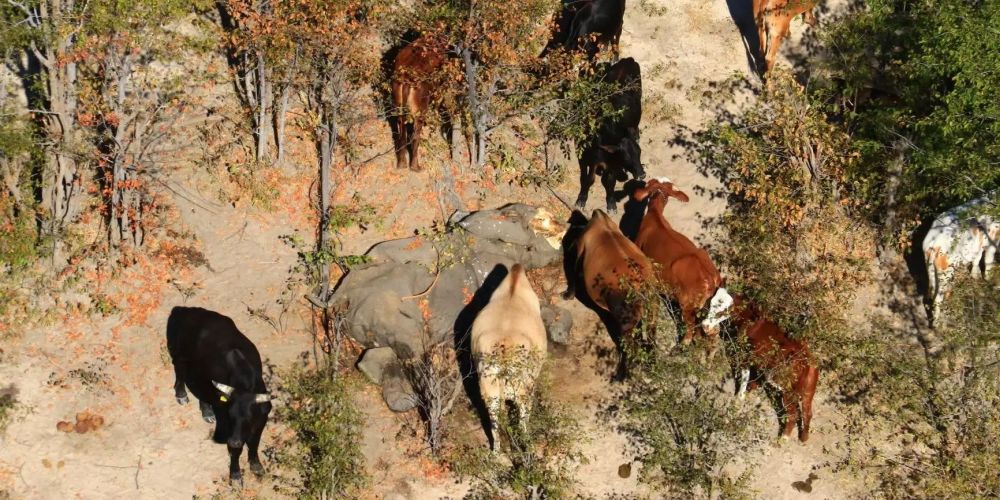
An aerial image of a dead elephant in Botswana | Image: National Park Rescue
The tusks of dead elephants have not been removed. The wildlife conservationists have urged the authorities to safeguard the carcasses in case poachers attempt to remove the valuable tusks from them.
There has been a long delay in getting the samples to an accredited laboratory for testing in order to identify the cause of the mass-deaths and to find a solution to mitigate the problem. This lack of action reflects the lack of responsibility toward wildlife.
Via: Reuters
